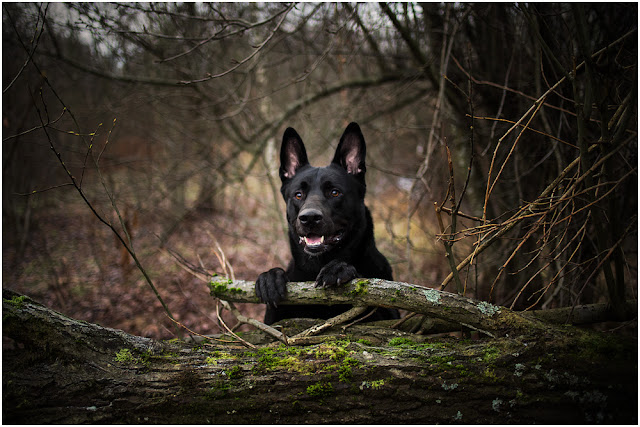Midsummer in Lincolnshire
 |
Today is the longest day!
For today is summer solstice, also known as estival solstice or midsummer, which occurs when one of Earth's poles has its maximum tilt toward the Sun, and so is the day with the longest period of daylight and the shortest night in the year. Anyone watching the news today may have seen gatherings of people at Stonehenge (and other prehistoric sites around the country) many of them experiencing the rising of the Solstice sun for the first time in several years, with many sites having been closed or at least dissuading people from attending during the pandemic.
And maybe some of those people wrapped in blankets to ward off the chill of the night, watching the new sunrise may consider today to be Midsummer, rather confusingly it isn't at all. Though it might seem that the middle of summer would naturally fall on the longest day of the year, the summer solstice and Midsummer’s Day are actually two distinct events, usually set a few days apart between 20 and 24 June. This discrepancy is thought to have come about through various date-drifts caused by changes in the recognised calendar down the centuries.
Midsummer, falls on the 24th of June, and is the feast day of the early Christian martyr St John the Baptist. Popular celebrations would begin the evening before, known as Saint John's Eve. The 13th-century monk of Winchcomb, Gloucestershire, who compiled a book of sermons for Christian feast days, recorded how St. John's Eve was celebrated in his time:
" Let us speak of the revels which are accustomed to be made on St. John's Eve, of which there are three kinds. On St. John's Eve in certain regions the boys collect bones and certain other rubbish, and burn them, and therefrom a smoke is produced on the air. They also make brands and go about the fields with the brands. Thirdly, the wheel which they roll. But what was happening in Lincolnshire?
A
Though the account above notes that this was done in certain regions, it's fair to speculate that Lincolnshire was one such region, or at least it was observed among the Wolds, as a correspondent to the Stamford Mercury in 1948 recalled the following.
 |
| Stamford Mercury, Friday 25 June 1948 |
Another popular folk aspect to St John's eve was it being an auspicious night for those wishing to discover what fate held in store. Young girls hoping to foresee their intended beau, could bake a "dumb Cake"
Most records suggest a Dumb Cake was a very plain cake indeed. The 'Evening Telegraph' on Thursday 21 June 1928 says; "A 'dumb cake' was a concoction of water, flour, sugar, and salt, and no other ingredient, and absolute silence had to be maintained throughout the entire operation. The next condition was that two must make it, two must bake it, and two must break it."
The parts being placed beneath their pillow, the girls would retire to bed, and so would dream of the lover they would in due course marry.
Come the morning, on midsummer itself, Winterton, north Lincolnshire and Haxey on the Isle of Axholme both held fairs the same day, writers at the time, took pains to point out that both these fairs had been maintained for a long time, and had nothing to do with the dedication of their parish churches (a common reason for a fair to be held) and " were just festivals that had been long held about the summer solstice and midsummer.
 |
| Revellers at the Winterton 'Midsummer fair' |
At Bottesford, a spring known as the Craikell-Spring, possibly held a connection with this time of year, as it was reported that
" a sickly child was dipped in the water between the mirk and the dawn on midsummer morning, ‘ and niver looked back’ards efter,’ immersion at that mystic hour removing the nameless weakness which had crippled him in health.
Does the place where you live have any surviving midsummer traditions? Did your area light a midsummer bonfire or do you know of any other stories of midsummer activities or superstitions from family members in times past?
As always we are looking for anything you might know, either leave a message on this post, or email us at boggartstones@gmail.com


Comments
Post a Comment